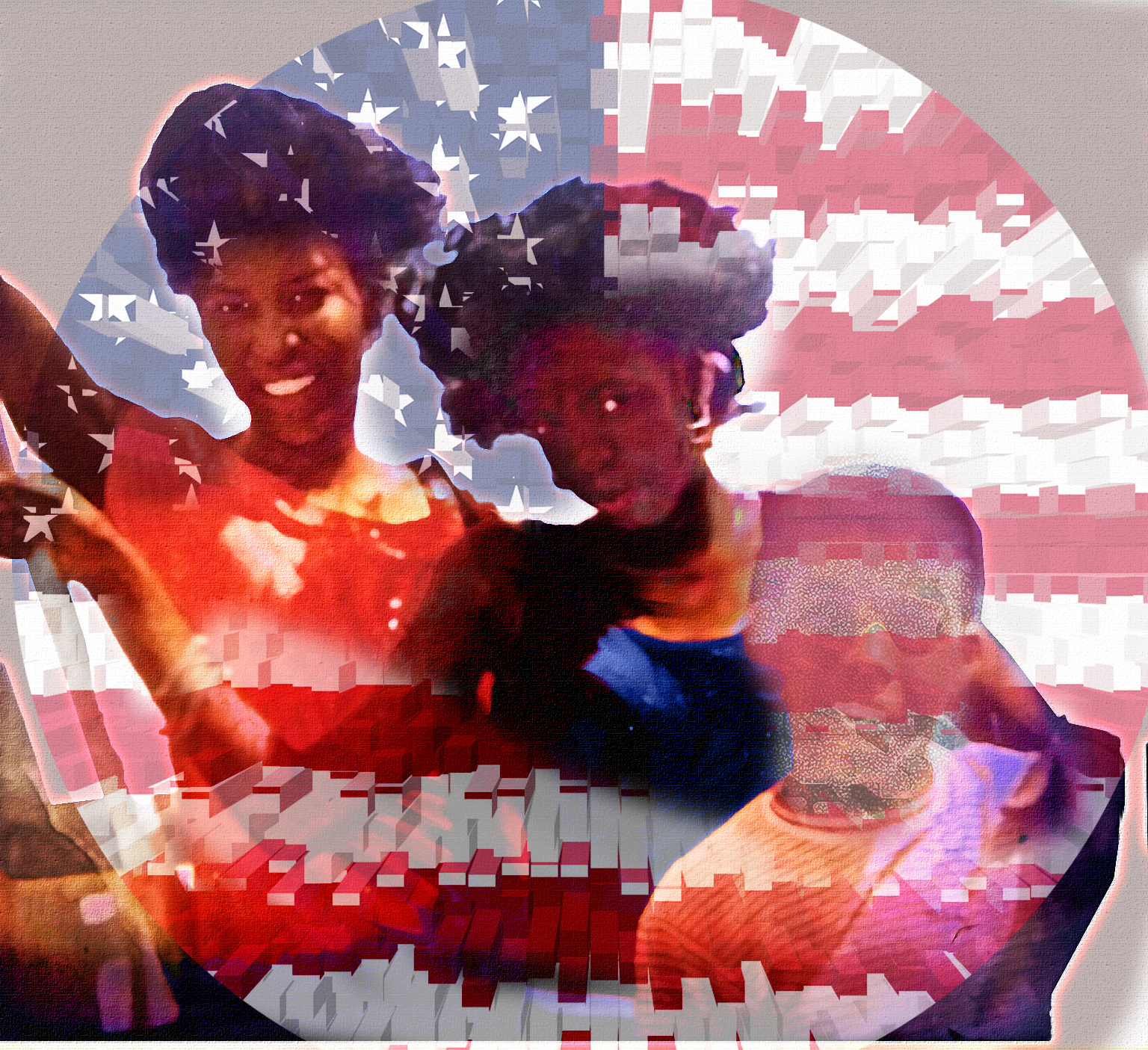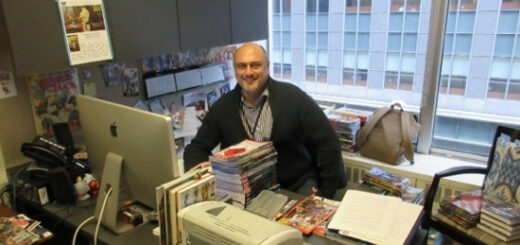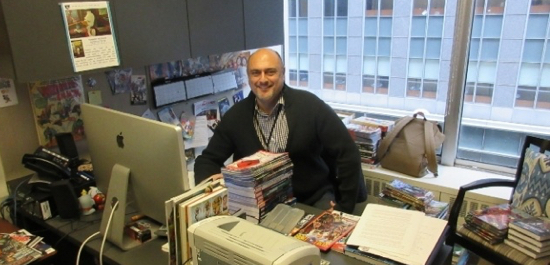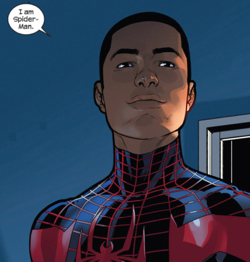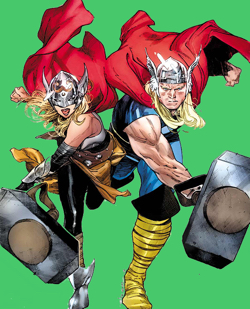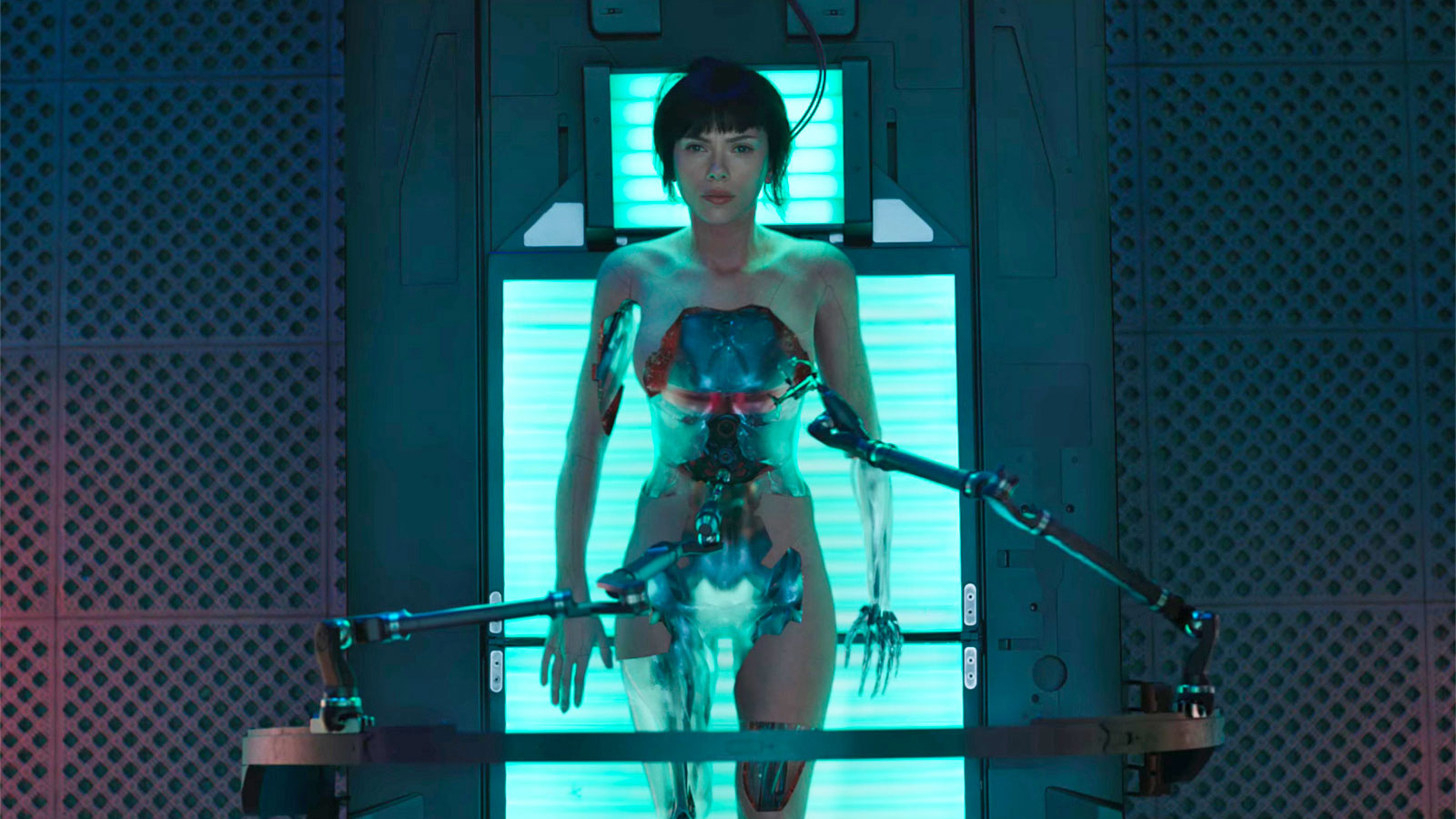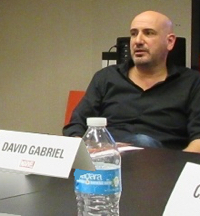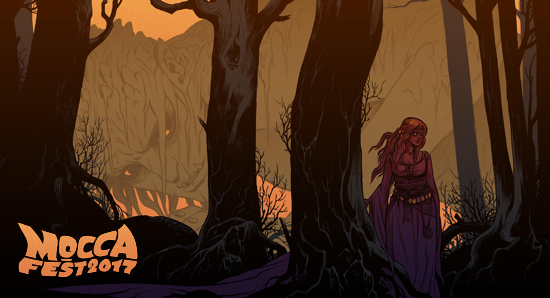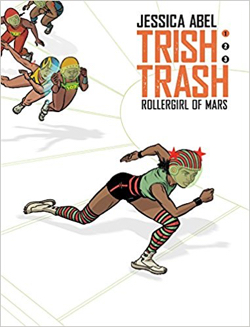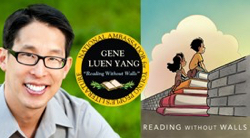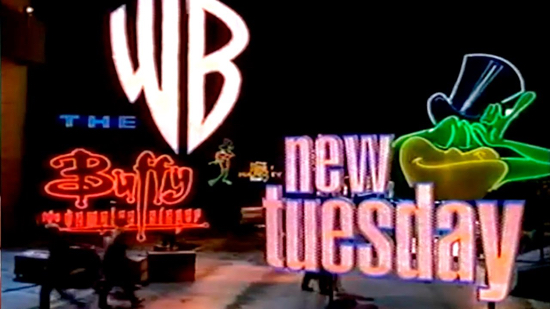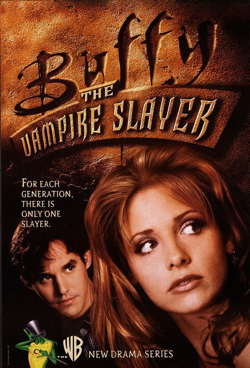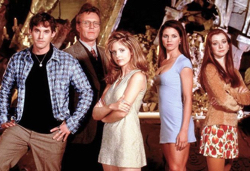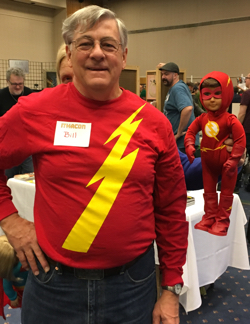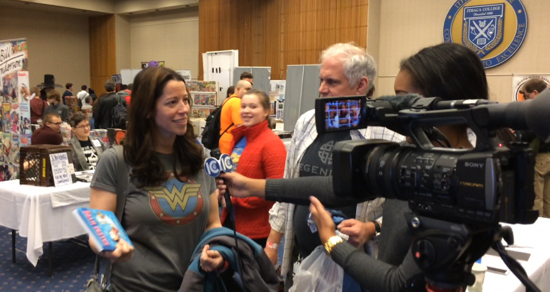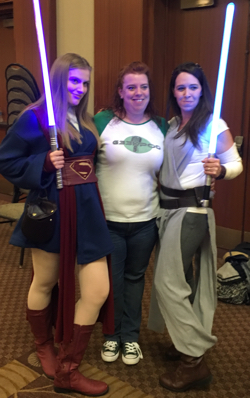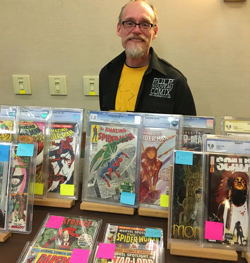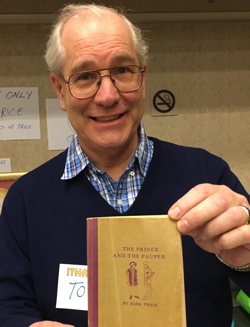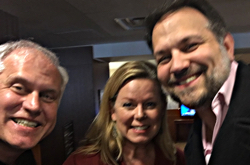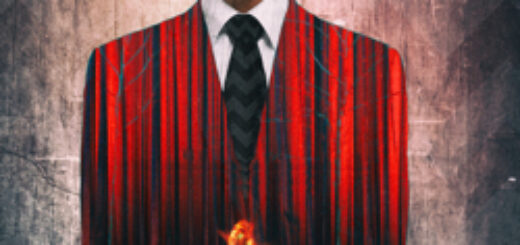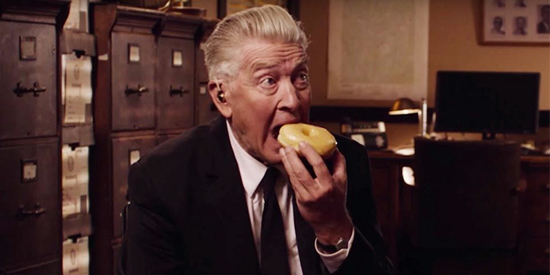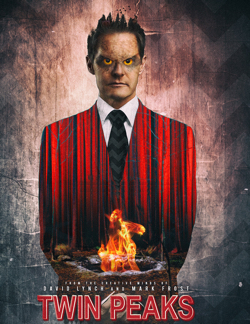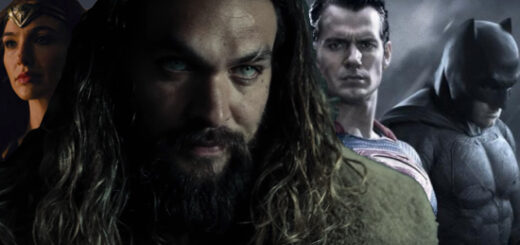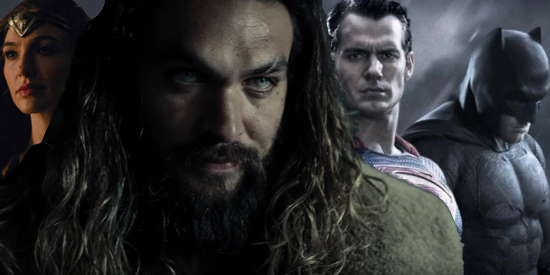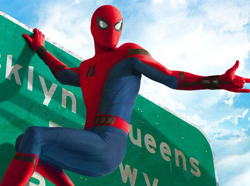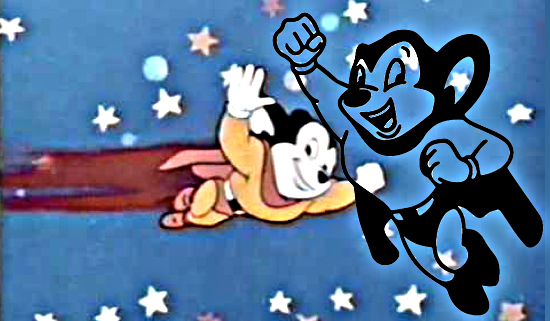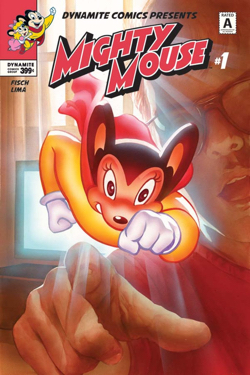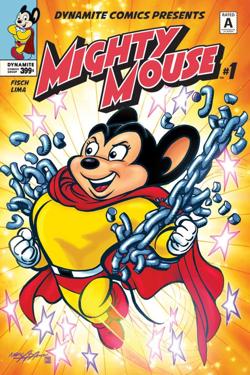Michael Davis: Not The American Dream
When I was eight years old, I was racing my new Tonka toy truck up and down the concrete sidewalk on my block. I was doing so by bending over and pushing the truck as fast as I could with both hands.
The truck slipped out of my hand, and my momentum carried me quite a bit before I came to a stop.
I was fortunate my clothing protected most of me. Unfortunately, most of me did not include my face. My head skidded face down. As a result, the sidewalk tore much of the skin off my face.
My mother had just learned to drive and wasn’t very good at it.
I didn’t help I was screaming and crying as was my sister. She was screaming and crying not so much because my face looked like it had been through a meat grinder but because my mother was screaming and crying.
That was a first, and it freaked us both out.
Somehow, she got us to the ER left me with my sister in the car and ran to the nurse at the desk to plead for her child to be seen.
“How will you be paying?”
People think the discolorations and marks on my face are the remnants of severe teenage acne.
Nope.
My scars are my constant reminder of a Tonka truck a sidewalk and a horrible woman who for the better part of an hour let me sit while others with stomach aches or hangovers saw the doctor.
My mother took my stepfather’s car his pride and joy a spanking new 442 without his permission. That could have been a suicidal move— my stepfather was an alcoholic and had hit my mother before. Years later he would split her skull with another Tonka Truck leaving her for dead.
At the time, she was driving me to the emergency room she had been beaten enough times to know taking his car would certainly result in an ass whipping.
She didn’t care. We could have walked to the free clinic, my mother decided otherwise. I was made to wait because we went to the hospital in the nearest white neighborhood. I think that women at the desk would never have let me see a doctor, but one saw me. When he did, he came over stooped down and examined my face. “What happened? you get into a fight with a cheese shredder?”
I didn’t get it, but my mother laughed as if it was the funniest thing in the world.
No idea what drug he gave me or what he put on my face it smelled funky but reduced the pain a lot. He wrote a prescription handed it to my mother gave her a sample of the painkiller and sent us out to the monster to check out.
My mother placed the sample of the meds on the desk while she filled out ’promised to pay’ papers. The front desk Nazi took them.
When my mom recounted this to me years later the look of absolute abhorrence on her face when she mentioned that woman was unblemished.
Jean (yes, I called my mother by her first name. It’s a Black thing) brought me a shit load of comic books to take my mind off the pain comics aspirin and the watchful eyes of my sister. Mother and grandmother were all I had.
When my face had healed somewhat, and the pain was mostly gone I was overjoyed to learn I could go to summer camp. Every morning my sister and I would board a bus and venture to some part of Long Island to attend a camp run by Catholic Charities.
CYO Camp provided low cost or free enrollment to many who could not afford to pay. I had been looking forward to a fun experience since I heard the words ‘camp!’
It was terrifying.
This older kid, Steven Hillard (yeah you bastard I remember you) would tell me every day my face which looked like a jigsaw puzzle would never heal and I would be like that forever.
Each evening I fled by bus to the safety of my imagination in the pages of those comics. Each morning my dread would return the moment I stepped off the bus. Steven would make sure it stayed with me until I reach the safety of the bus then home to my comics.
Often, I still wake up with what doctors call a phantom pain. For what feels like an eternity but can’t be more than a nanosecond at most that phantom pain was the ghost who walked over my imagined still scraped face.
For that nanosecond that pain is real, I know it’s not, but it is.
What is, however, true is my trepidation and anxiety towards hospitals. Try as I might I could not bring myself to see Len Wein for two weeks. Len is recovering from spinal surgery and is like family to me. The best I could do while getting up my nerve over the last two weeks is call a big hospital bigwig I know who promised to cut through any red tape if any arose.
That’s a poor excuse for not sitting with a friend, but it’s all I got right now.
And after two weeks I finally manage to drive to see Len spurred on by his dear friend Bernie Wrightston’s death.
Len was gone. Moved to another hospital— don’t I feel like a goddamn fool. Now I’ve got to get up my fucking nerve again.
Len’s in a great hospital and in good hands.
I wish I could say the same for all Americans if ever in need of care.
24 million men women and children would have and may still lose their health insurance if the GOP plan to repeal and replace Obamacare ever becomes law.
I love my country, but frankly, it is not that great to me, and I’m far from alone.
Trump says he wants to make America great again, but his vision of greatness is a selfish wet dream for those with wealth power and who selfishly want to keep it all.
His American dream is far from the American Dream this country is founded on, and I wonder does he even know what the actual American Dream is?
Well, here’s what it’s not.
It’s not Truth, Justice and the American Way.
No. That’s from a Superman TV show.
It’s not Baseball, apple pie, and Chevrolet.
Nada. Chevy commercial.
It’s not a chicken in every pot and a car in every garage.
Nope. Campaign Slogan.
It’s definitely not 40 Acres and a mule.
That was just another not so little white lie.
James Truslow Adams defined the American Dream in his 1931 book Epic of America this way:
The American Dream is that dream of a land in which life should be better and richer and fuller for everyone, with opportunity for each according to ability or achievement. It is a difficult dream for the European upper classes to interpret adequately, and too many of us ourselves have grown weary and mistrustful of it.
It is not a dream of motor cars and high wages merely, but a dream of social order in which each man and each woman shall be able to attain to the fullest stature of which they are innately capable, and be recognized by others for what they are, regardless of the fortuitous circumstances of birth or position.”
Nowhere does it say screw the poor, elderly and non-white it means the opposite when it states “…regardless of the fortuitous circumstances of birth or position.”
Making the least fortunate among us suffer from savage cuts to programs such as meals on wheels for the elderly after school programs in the inner cities is not the American Dream. Raising insurance premiums creating severe financial hardship for seniors is completely contrary to the American Dream.
Since January, every step taken by our government has been contrary to that dream that should be America.
Mr. Adams says… “everyone with the opportunity for each according to ability or achievement.”
But…
That access to the American Dream is in a deck is stacked against Black people from birth. The Far Right controls the government, and to my knowledge, no one in a position of power has done much but refuse to acknowledge anything is wrong.
Yes, those in the inner city can work hard and hope to get an academic scholarship by being the best and the brightest from the ghetto. Yes, that does happen. But that deck keep getting stacked higher and higher, and it’s going on more and more.
The answer to many on the Far Right is refuse to acknowledge an obvious disadvantage then expect us to achieve the American Dream.
Those who repeatedly say we have the same opportunity as everyone else born in America is either an idiot, liar racist or all three.
Yeah, I count you as a fool if you’re an adult and refuse to learn about a thing before you damn it.
Saying we have the same opportunity as everyone else by birth is injudicious, to put it mildly. Given boxing gloves for your 18th birthday won’t give you the same opportunity to survive a severe beating if put in the ring with Mike Tyson.
Tyson could be 60 years old and still beat the living shit out of anyone 18 years old because he’s Mike Fucking Tyson.
If the system isn’t rigged why are Black men jailed three times longer for the same crime as white men?
How’s that for having the same opportunity?
I’ll give you a perfect example of how the deck is stacked against us on purpose.
Dismissing the following real fact will no doubt come from many. But to deny it proves my point even more.
Betsy DeVos is now Secretary of Education, and she has zero credentials for that position. Her views on education leave no doubt the inner city will suffer more under her.
Dr. Ben Carson is now Secretary of Housing and Urban Development with even fewer credentials than Betsy DeVos. The man who thinks slaves were immigrants runs ‘Urban Development.’
Give that a sec.
Say what you will about Carson, he’s a smart guy. That ‘immigrant’ statement was a blunder, but he’s no dummy. I’ve met him a couple of times— the truth is I like the guy.
Really.
Through a spokesman, he issued the following; “Dr. Carson feels he has no government experience, he’s never run a federal agency,” Carson’s close friend Armstrong Williams said. “The last thing he would want to do was take a position that could cripple the presidency.”
I guess Trump convinced Carson that he wouldn’t cripple the presidency, leave that to Trump. Dr. Carson can just cripple Black people.
Omarosa Maniqault is White House Office of Public Engagement and Intergovernmental Affairs. She is expected to continue the work she started as Director of African-American Outreach where she reached no African Americans.
But she is living the American Dream. She said so:
“Truly, I am living the American dream because of Donald Trump. Look at my career, the wealth, and exposure that I’ve had. It’s difficult to make the argument that Donald Trump doesn’t like Black people and Black women.”
No, it’s not. It’s easy even without a Google search.
The clear majority of African Americans think Trump’s Black Cabinet picks are working against their best interest. Let’s say they’re not (YEAH RIGHT) working against African Americans. Tell me what possible reason is there to put Black people neither respected or liked by the clear majority of other Black people in positions so important to our community?
D. L. Hughley said of Omarosa; “If you’re going to send a black person to talk to black people make sure it’s someone we don’t want to throw a rock at.”
His response to Ben Carson; “Comparing slaves to immigrants is like saying Jeffrey Dahmer’s victims were dinner guests.”
WHO does that? Who puts people in a position of authority over those who hate them?
Would you trust a Nazi to do community outreach to Jews?
What does this have to do with comics?
Everything.
Although I know I’m going to get my ass handed to me once again I make a plea for the comics community to join the rest of the world. It’s time to give a shit outside of the ‘special issue’ where the proceeds go to whatever tragedy is currently being ignored by FOX so they can push their far-Right Wing Agenda.
I say the following with dead seriousness; I can’t stand FOX, but I respect them.
They stay on message no matter what.
Comic book publishing isn’t unique enough so we can just rely on that ‘special issue’ as proof we are relevant. Although many swear, that is all we need. Denny O’Neil and Neal Adam’s Green Lantern/Green Arrow books in the 70’s is just as relevant today.
They shouldn’t be.
Yeah, I said it. Those books shouldn’t be as significant decades later as they are now. What Denny and Neal did in the late 60’s and early 70’s was groundbreaking.
What was even more amazing is they were published by DC Comics.
DC was taking a back seat to the reality Marvel was bringing to comics. Just look at the Fantastic Four. While Superman was trying to get some magical little bastard to say his name backward, Reed Richards was cock blocked by Namor. Ben Grimm was dating a blind girl. Sue Richards got knocked up (take that you fishy fuck), and Johnny Storm was hitting just about every piece of ass he could.
What Denny and Neal did in one bad ass move was put that Marvel reality to shame. They hooked a major character on heroin AND showed him shooting up.
Spider-Man did the same thing, but it lacked the gritty punch of the Green Lantern/Green Arrow series.
That little piece of relevance soon disappeared from both Marvel and DC. From time to time something manages to capture that sense of genuineness but let’s face it, men in tights are still all the rage.
And there is nothing wrong with that.
But the times they are a’ changing.
Nope-the times have changed. As good as those books from Denny and Neal were there are other battles that need fighting and our ‘go to’ books for purpose should not be almost 50 years old.
We are living in a time when people are stopped from entering our country because of the color of their skin and who they pray to. We don’t racially profile white men assuming they may be serial killers, do we? The clear majority of serial killers are white men, and they have killed far more people in this country than terrorism has. Most terrorist attacks in America are brought on by AMERICANS who were born here.
The President of the United States is a liar. The President of the United States is against a free press. The President of the United States has promised to destroy any effort to combat climate change.
Hey, don’t take my word for any of this— that’s why there’s Google.
You may be OK with all this, and that’s your right. It’s the right of every American to agree or disagree with whatever they choose.
But give this a thought: how is any of what I listed above America?
The American Dream is the opposite of all this shit.
I just think the comics industry should do more.
I would be remiss if I didn’t mention the outstanding work done in the independent space. The real world is all there, but most are overshadowed by some super motherfucker flying by and blocking out the sun.
Yes, it’s business.
Marvel and DC are in the business of making money. Hell, so am I.
But this isn’t about business. This is about being responsible.
Both companies do on occasion light the world up with something significant enough to warrant discussion debate sometimes even a viable solution.
I love superheroes and would fight Tyson if that’s what it took to keep them flying. Fight? More like provide my face as a punching bag, but my point is I’d take a hit defending what I’ve loved from a child.
DC is still my favorite universe regardless of the friction that existed between us. I still think that Marvel’s Miles Morales is the single greatest character so far created in the 21st Century so this is not a hate on either company for what they do.
I just think they (you and me) should do more.
But I’m a realist, and they are the biggest and do some of the best work in comics. In my opinion, Dark Horse, Image, and IDW are the best but that’s just my opinion.
Being the biggest they command a massive audience and that’s needed now more than ever.
How fantastic for the industry if Marvel and DC could create a place for those independent artists and writers to tell their stories within the Marvel and DC infrastructure but without the Marvel and DC restrictions.
Yo, House of Ideas here’s one; just print and distribute works you don’t own. Most major art institutions have programs to benefit artist and comics are a recognized art form.
As if.
I have no illusion that anybody with the juice to make this happen will take this suggestion or this article seriously. I expect it to be dismissed by most ridiculed by many and denounced by some.
So why write this at all?
I love comics, I love my country, and I couldn’t give a damn what people think.
I honestly believe American comic book creators there are the best storytellers in the world. There is no higher need than now to create narratives that prove what we are so fond of saying that we are the greatest country in the world.
The world thinks us fools because we elected one.
Maybe Trump will become the leader we can respect but if his actions are any indication we’ve got to change the perception that we all co-sign his shit.
We’ve got the power to do so and must because Trump is our responsibility. You know what they say about power and responsibility don’t you?
The President would call that fake news. Until he acts differently he’s a fake president.
Until we act differently— are we just as fake?


